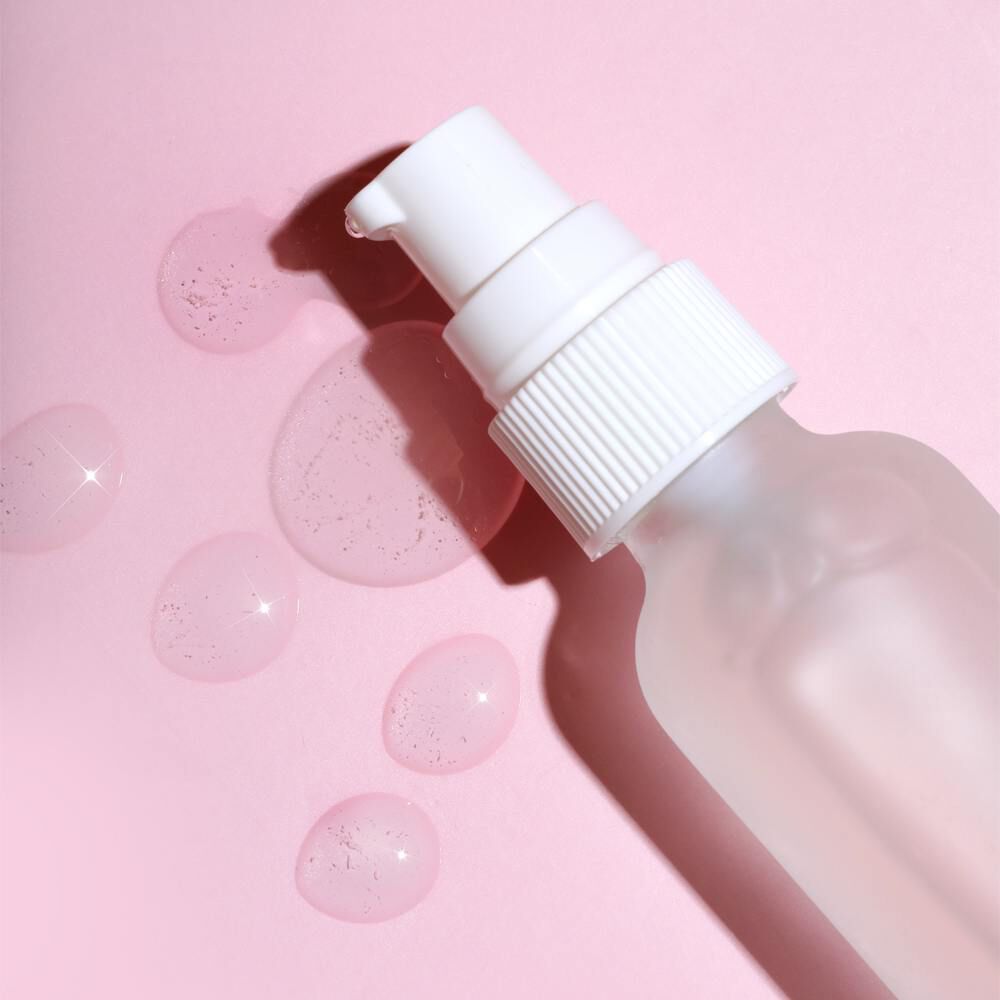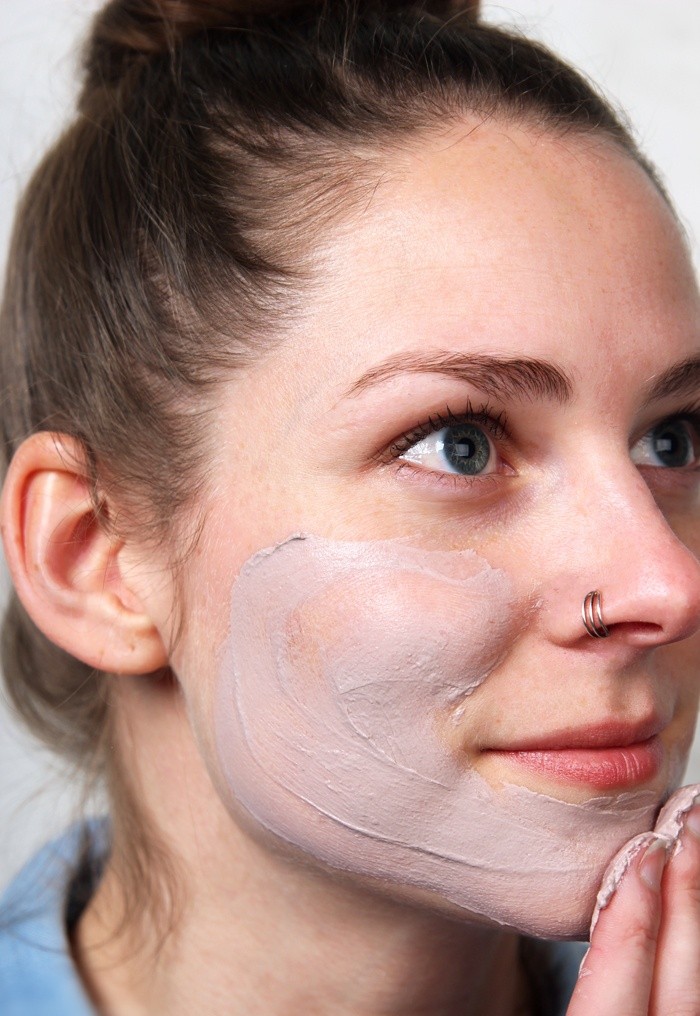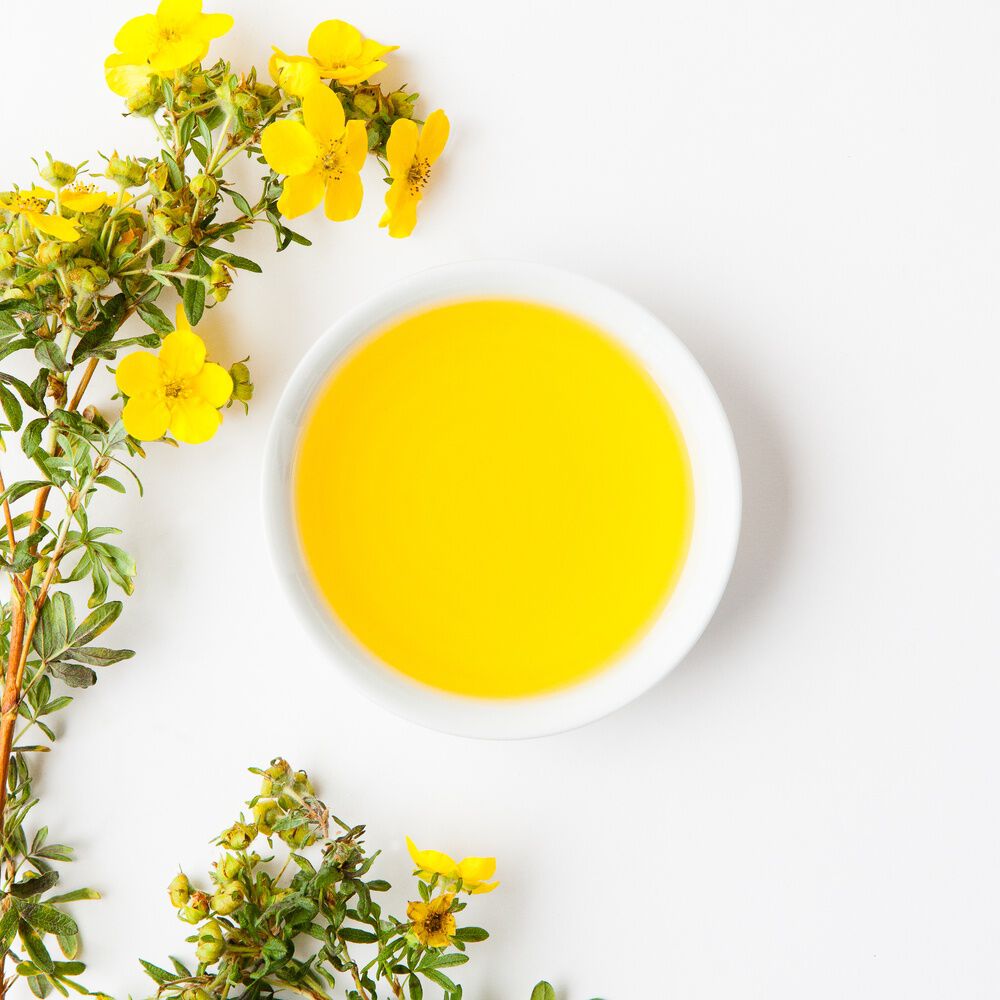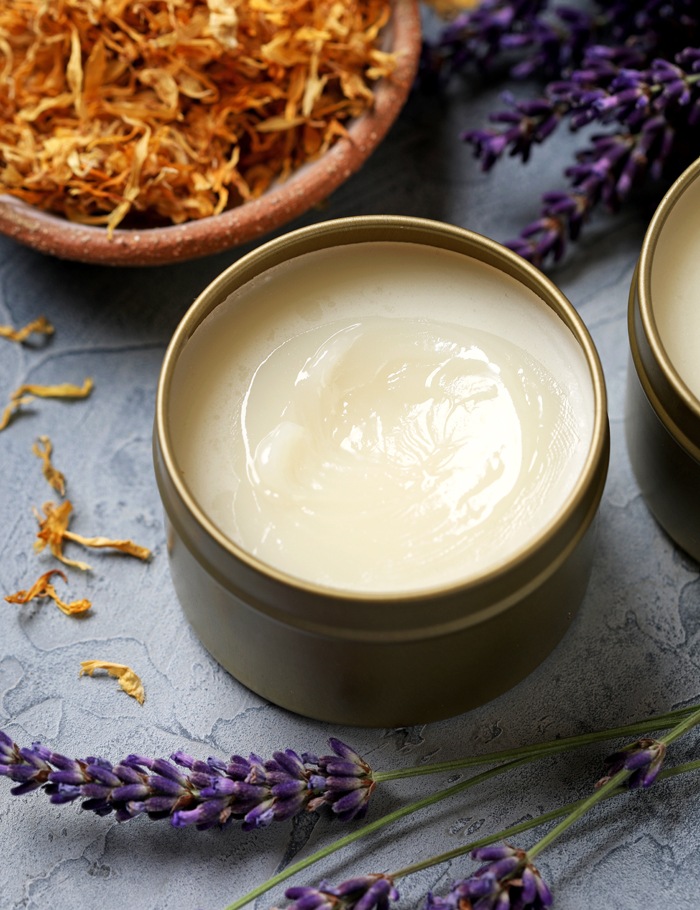You're fully in control when making skincare products at home. You can tailor recipes to your skin type, budget, time, and even the space you have for supplies.
It's easy to get started too! The key is understanding your skin type and what results you want to achieve. Let's go over some basics below.
Shop skincare making supplies here.

Skin type
This is probably the most important factor to consider! The three main types are dry, oily, and combination. If you're not sure, try this simple test - wash your face with a mild cleanser and don't apply any moisturizer or makeup. Check back after 30 minutes to see how your skin feels.
If it feels tight or flaky, you have dry skin. Shiny all over is oily skin, and shiny in some places is considered combination. You can also have a normal skin type if you don't notice any of those reactions.
The test is a good baseline, but keep an eye on your skin and adjust accordingly. It can change based on factors like age, the weather, etc.
Another possibility is senstitive skin. If it feels itchy or irritated after using certain products, you'll need to keep that in mind when formulating your own.

Ingredients
Your skin type helps determine which skincare ingredients to work with. Keep in mind, these are general suggestions. It always helps to talk to a dermatologist about your specific needs and which products are best for you.
- Dry skin - No surprises here, hydration is your main goal! You can use oils and butters of all kinds, even the heavier ones like rosehip and hemp. Go for less absorbent clays like rose, kaolin, and Brazilian clay. Learn which clay is right for your skin here.
- Oily skin - You still need hydration, but you may opt for more lightweight oils like argan and raspberry. You'll love absorbent options like sea clay and green zeolite clay in masks and scrubs.
- Combination skin - This one can be tricky to formulate for. We recommend playing around with ingredients until you find the perfect combo. Start with some that work well for everyone - squalane oil, moringa seed oil, kaolin clay, etc.
- Sensitive skin - To be extra careful, we recommend avoiding scents and colors to prevent irritation. Stick with natural and soothing oils like green tea seed and evening primrose, and gentle exfoliants like baking soda.

Equipment
What skincare equipment you need depends on the kind of recipes you're making. In general, it's always good to have a few heat-safe containers and stainless steel spoons, whisks, etc. We recommend having a dedicated set of tools to prevent any cross contamination with food or other bath and body products.
A stick blender can be really useful as well. It helps emulsify cold process soap and lotion, but you can also use it to make sure serums are really well mixed. If you're working with temperature-sensitive ingredients, a thermometer is really helpful as well.
Start simple! Get a few tools from a restaurant supply or second-hand store. Then, add more as you experiment.

Ready to get started? Find DIY skincare projects here!

